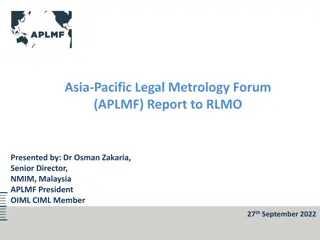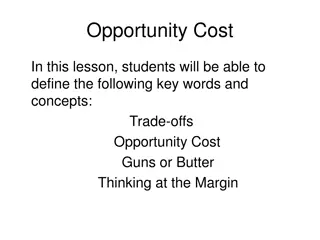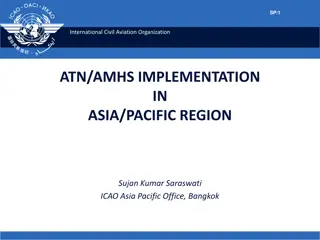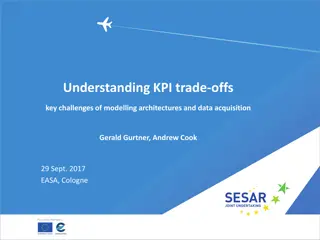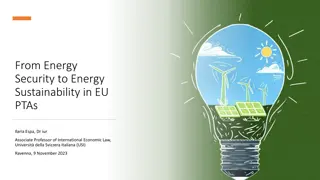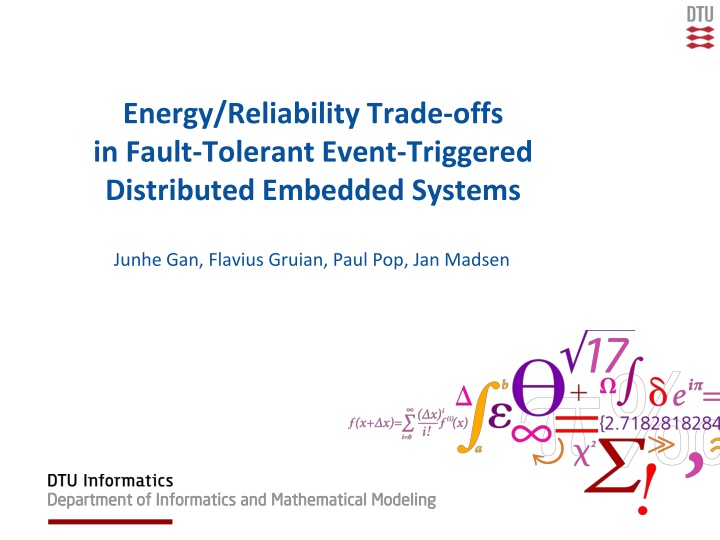
Energy Reliability Trade-Offs in Fault-Tolerant Embedded Systems
Explore the trade-offs between energy efficiency and reliability in fault-tolerant event-triggered distributed embedded systems. Discover the impact of power supply scaling on fault tolerance and power dissipation in VLSI circuits. Delve into architecture models, reliability analysis, energy and application models, and schedulability analysis, offering optimization strategies for enhanced system performance.
Download Presentation

Please find below an Image/Link to download the presentation.
The content on the website is provided AS IS for your information and personal use only. It may not be sold, licensed, or shared on other websites without obtaining consent from the author. If you encounter any issues during the download, it is possible that the publisher has removed the file from their server.
You are allowed to download the files provided on this website for personal or commercial use, subject to the condition that they are used lawfully. All files are the property of their respective owners.
The content on the website is provided AS IS for your information and personal use only. It may not be sold, licensed, or shared on other websites without obtaining consent from the author.
E N D
Presentation Transcript
Energy/Reliability Trade-offs in Fault-Tolerant Event-Triggered Distributed Embedded Systems Junhe Gan, Flavius Gruian, Paul Pop, Jan Madsen
Motivation The impact of power supply scaling on fault-tolerance (MTTF) and power dissipation Maheshwari, A. et al., Trading off transient fault tolerance and power consumption in deep submicron (DSM) VLSI circuits , VLSI Systems, pp. 299-311, 12(3), 2004. 2
Outline Architecture, Application and Energy Models Reliability model Energy/reliability trade-off model Schedulability analysis Problem Formulation Example Optimization Strategy TABU search-based algorithm Experiment Results Conclusion and Contributions 3
Architecture Model A set of heterogeneous Processing Elements interconnected by a communication channel. Each PE has a set of operating mode Each operating mode, we know ( N N i N i , , ) f v p j j j i 4
Reliability Model K = 2 = c R e N1 1 i + 1 (1 = 1 reex i k ) R R N2 1 1 1 1 k = rep i 1 1 R R i = 1 i N3 1 = R R A i P A i Re-execution: Transient faults Replication: Transient faults / Permanent faults 5
Energy and Application Model Application Model: A set of periodic tasks for each task, we know Unique priority Critical/non-critical task N i ( , , ) C T D j i i Energy Model: = Energy Power Time Sum of = + E pt O mode-switching overheads N i i j map on N i j 6
Energy/reliability Trade-off Model The average failure rate of a system increases exponentially when the supply voltage and the operating frequency decreases F ( , ) F V = V 10 0 7
Schedulability Analysis Fixed-Priority Preemptive Scheduling priority priority priority 1 2 3 Response Time Analysis r = + i r c c i i j T ( ) hp j j i Degree of Schedulability m = max(0, ) 0 d r D if d 1 i i i = 1 i = S A m = = ( ) 0 d r D if d 2 i i i = 1 i 8
Problem Formulation Given: Application Architecture Reliability Goal Tolerate k-faults for each task We are interested to determine: the mapping for allocating each task the operating mode for executing each task Such that: all tasks meet their timing requirements the application reliability meets the given reliability goal the energy consumption of system is minimized 9
Optimization Strategy NP-hard problem: ways of allocating tasks to PEs. ways of executing tasks at operating modes of an PE. k m m m n k n m Search the optimal solution by heuristic algorithm. Minimize the cost function: ( ) S Cost S E = + + max(0, ) max(0, ) W R R W r R g s r s Energy Consumption Timing Requirement Reliability Goal 11
Tabu Search-based Algorithm Searching Loop: Mapping (M-moves) Design Move a task from an PE to another PE Or Swap two tasks between PEs Transformations Operating Mode (L-moves) Change a task s operating mode Use and Maintenance of Tabu-list Select New Solution First attempt: An improved solution Otherwise: Randomly select a non-improved & not-tabu solution Save Best Solution (if it is) 12
Conclusion and Contributions Conclusion: It is possible to eliminate the negative impact of energy minimization on reliability by carefully considering the energy/reliability trade-offs during optimization. Contributions: Energy/reliability model Combine deciding mapping and operating mode assignment Optimization algorithms for this energy/reliability trade-offs problem 15



